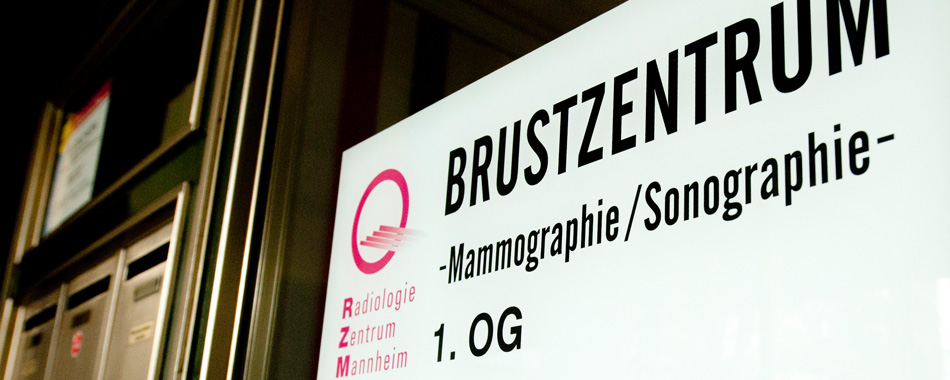Magnetic resonance imaging mammography
Breast cancer is the most common malignant tumour affecting women.
The earlier breast cancer is detected, the better the chance of a cure and the less invasive the therapies. For certain issues, magnetic resonance imaging of the female breast (MR Mammography, Mammo-MR) is becoming increasingly attractive as a sensitive method for the early detection of breast cancer. In this examination, the high image resolution allows even the smallest changes to be detected at an early stage without the use of X-rays.
Early detection of breast cancer - sensitive and precise
MR Mammography is an investigation of the female breast using magnetic resonance imaging. Since magnetic resonance imaging functions with magnetic fields rather than X-rays, the process is particularly non-invasive and can also be used during pregnancy. The breasts are hardly distorted from their natural shape during the examination, which is helpful in identifying the precise location of any suspicious lesions. A precise representation of the glandular tissue in very thin layers prevents superimposition. The depiction of the state of the blood flow in the individual lesions, as is possible with MR Mammography, is crucially important in detecting tumours. Furthermore, MR Mammography is the only procedure that can record the breast tissue completely up to the chest wall and anterior armpit, providing a good overview.
Fields of Application
MR Mammography is often used when other procedures (Mammography or Ultrasound) have not been able to entirely eliminate the suspicion of the presence of breast cancer. However, for some women it may also be a sensible alternative to conventional Mammography (e.g. for young women with particularly thick tissue structures). The procedure may, for example, be used for a precise investigation of the breast tissues for breast cancer patients before an operation. The investigative procedure also plays a major role during aftercare. MR Mammography is indisputably the most sensitive and precise method for demonstrating growing breast tumours that are already damaging the tissues. It is important that the images are diagnosed by an experienced doctor. Since the procedure is very expensive, its use will be decided from case to case.
Who covers the cost of the examination?
MR Mammography will only be reimbursed by the statutory insurance funds in exceptional circumstances. Individuals with statutory insurance can also pay for the examination privately. They will then be charged according to the scale of fees for doctors [Gebührenordnung für Ärzte (GOÄ)] and personally invoiced. Currently, all the private insurance companies accept the cost of the examination.
The MR Mammography examination procedure
You lie on your stomach for the examination. The breasts hang down in a cavity of the table (in what is called the breast array coil of the device). The breasts are not compressed during this process. This is particularly important for patients with implants and more comfortable for all patients. You need to take off your brassiere, although you can keep a T-shirt on.
The standard examination includes the use of a contrast agent, which is administered intravenously. This is necessary, as malignant tumours in the breast absorb the contrast agent more quickly and intensively as a rule than normal glandular tissue and benign changes.
Lying on your stomach on the table, you will be transported to the MRI device for the examination. During the examination phase, you will hear loud knocking sounds. You are therefore given ear protection. If problems arise, you are able to speak to the Radiographer at any time over an intercom system. The examination normally lasts for 15-20 minutes.
After the examination, you can leave the surgery. The images will be computed, documented and assessed by the doctor. This normally takes at least one hour. Your referring doctor and you will then receive a concluding report on the findings.


